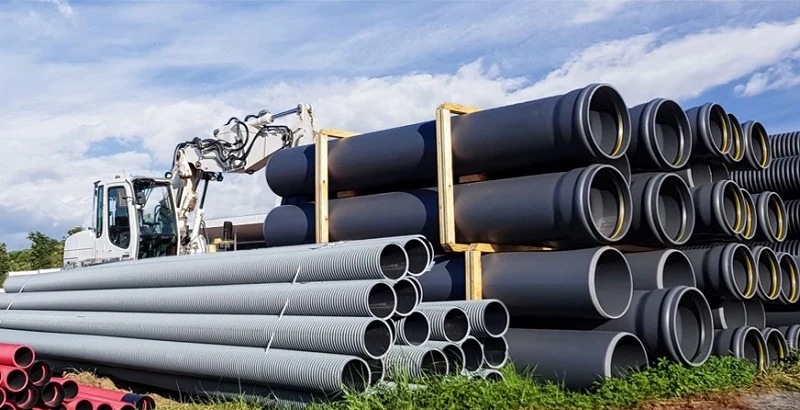Piping Practices
PIP Piping Practices provide specifications and guidance based on ASME, API, and other piping standards across various industries and services.
PIP Piping Practices serve industries including Oil & Gas, Chemical, Petrochemical, Power Generation, Water and Wastewater, Pharmaceutical and Biotechnology, and Agricultural Processing.
Areas include dozens of new and revised piping material specifications, descriptions and purchasing guides for valves, gaskets, bolting and other accessories, leak testing guidance, and more.
Why PIP Piping Practices?
Adhering to industry standards for piping materials, design, maintenance, testing, and more is imperative for safety and cost efficiency. However, piping is a vast, complex area that spans numerous requirements depending on industry, materials, and usage.
PIP Piping Practices help cover your bases by working to provide the most extensive catalog of guidance available. It’s treated by many in the piping industry as the central repository for material specifications and beyond. These guidelines are being created and updated continuously to best serve the needs of the piping industry.

Examples of Piping Practices
- More than 150 Specific Piping Material Specifications Based on ASME Pressure Classes.
- Inspection and Testing Practices, Including Fabrication and Examination Specification for ASME B31.3 Metallic Piping and Leak Testing of Piping Systems.
- General Engineering Practices, Including a Piping Service Index (PSI) and Support Criteria and Stress Analysis Criteria for ASME B31.3 Metallic Piping.

Emerging Guidance for Non-Metallic Piping
As piping material evolves, so does the guidance the PIP Piping Practices team provides. Piping systems were dominated by metals like steel, iron, and copper. However, advancements in non-metallic materials like plastic thermal resins and fiberglass have created gaps in guidance that the team is working diligently to fill.
